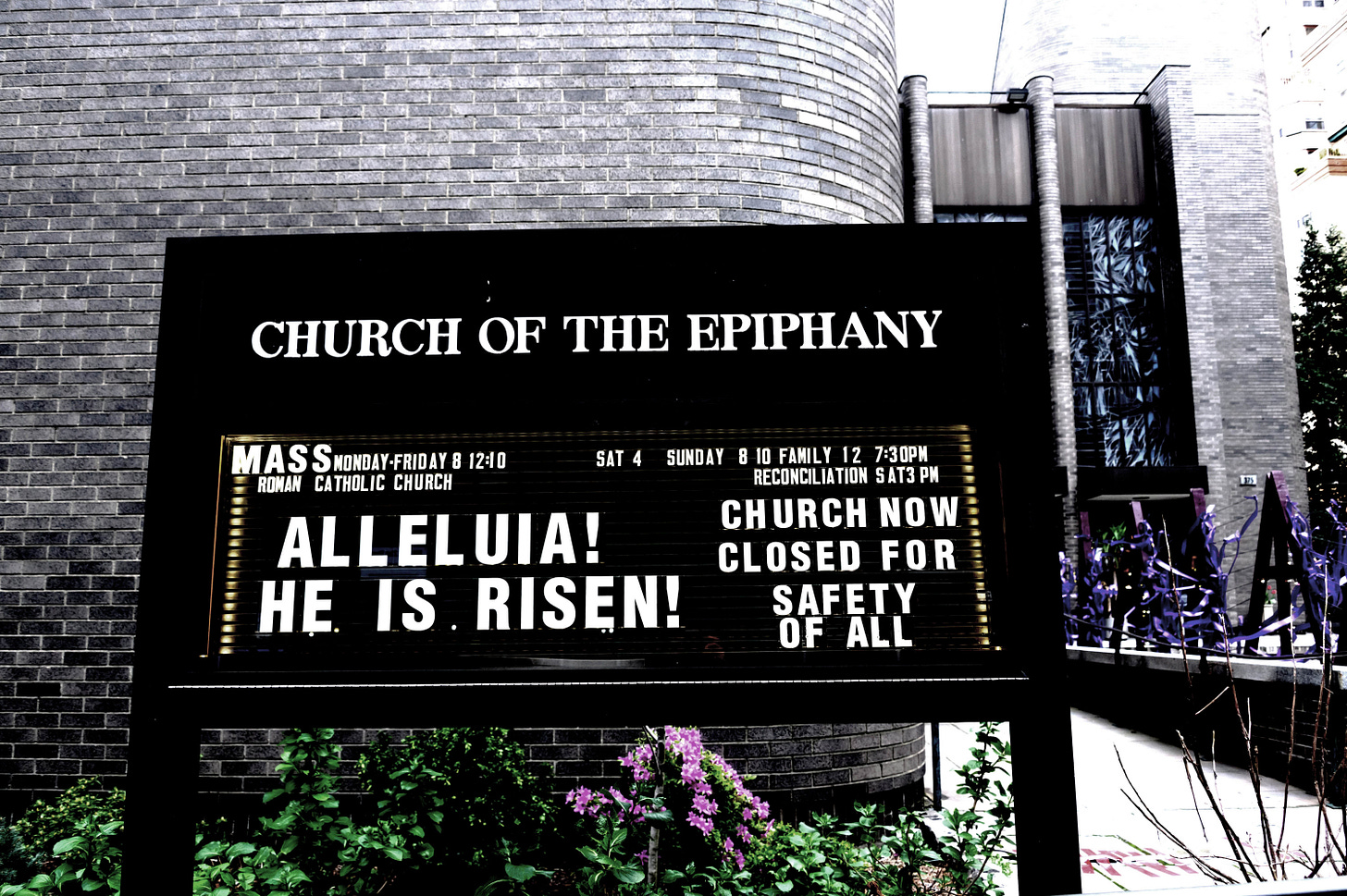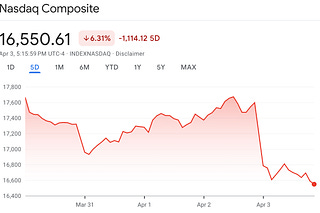
Monday’s Gallup poll on American membership in religious institutions has, shall we say, rung a lot of bells. Sociologist Peter Berger used to say that Sweden was the least religious country in the world and India the most. America, he said, was a nation of Indians governed by Swedes. It appears we’re looking a lot more Swedish than we used to.
The Gallup survey shows that membership in religious congregations in America hovered at around 70 percent from the 1940s to the 1990s, with a remarkably stable trend-line. Then in 2000, things suddenly changed: Church membership dropped by one-third over twenty years.
This corresponds with findings produced in recent years in previous surveys—about declining religious affiliation and identity; falling attendance of religious services; and rising numbers of what social scientists have dubbed “nones”—from Gallup, as well as Pew, PRRI, the General Social Survey, my colleagues at AEI, and elsewhere. Taken together, the surveys show a complex picture with nuance and variation among denominations and regions, but an unmistakable national, generational trend away from religiosity and church membership.
The new Gallup poll strikingly shows that the sharpest reductions in religious membership have occurred after 2015. Religious membership is going downhill, fast. And no one is quite sure why.
Various explanations have been posited. It is possible that “part of the decline seen in 2020”—when U.S. religious membership dropped below 50 percent for the first time since Gallup began tracking this question eighty years ago—“was temporary and related to the coronavirus pandemic,” the pollsters explain, although the trend long antedates COVID. Explanations bruited for the longer trend include disillusionment with an Iraq war led by an avowedly evangelical president; the rise of the time-sucking internet; the hollowing out of the older, mainline denominations; and the incorporation of the evangelical church as a wing of the Republican party.
One thing these hypotheses share in common is a focus on externalities—things that happened to people that either pushed or drew them away from religion. They ignore changes in the internalities of religious belief.
In 2013, scholar Mary Eberstadt suggested an alternative explanation in her book How the West Really Lost God: It isn’t the externals of life driving the loss the religious orientation across the West but rather a collapse in family formation. This takes some explaining and some theology to understand so bear with me.
The fundamental presupposition of the Eberstadt view is that family and religious belief are part of a mutually reinforcing “double helix”: a stable, nurturing family life is critical for developing trust including in the idea of loving and benevolent deity. Conversely, unhappy, chaotic or abusive families tend to undermine the capacity for trust generally and create barriers to belief in transcendent-personal presence (God). Family formation in the United States has been chronically unstable for decades with rising levels of unmarried births and high levels of divorce. Under Eberstadt’s theory, the moral-emotional-psychological shocks associated with these problems have undermined religious attachment.
In addition to the statistical evidence Eberstadt marshals, a considerable body of philosophical and theological reflection stands behind this view—including much articulated in St. Pope John Paul II’s lectures on the Theology of the Body. Drawing on that work, former Vatican official Monsignor Renzo Bonetti, in his 2017 book Signs of Love: Christian Liturgy in the Everyday Life of the Family, holds that marriage is a form of divine iconography that instructs the spouses and their children in the self-donative nature of divine love. The life of healthy marriages and families, beyond meeting the physical and spiritual needs of their members, is “missional” in promoting the nurture and well-being of neighbors and the community more broadly as well as evangelizing for the faith specifically. This is a natural process as families produce more love than they consume, and it happens with or without the awareness of the family members. (Full disclosure: I assisted with the translation to English of Bonetti’s book.)
Families are also the heart of the local church itself. Bonetti argues that the “domestic church” precedes the institutional church, and, consistent with Eberstadt’s thesis, the institutional church depends on families for its continued vibrancy. More troubled families mean weaker churches.
American religious belief and practice have been overtaken by a spiritual ennui and drift. Shifting tides of culture, politics, and technology, are almost certainly among the broad causes. But what stands out in this trend—the decline in a capacity for trust, mutual support, and cooperation—is the erosion of the American family itself.





